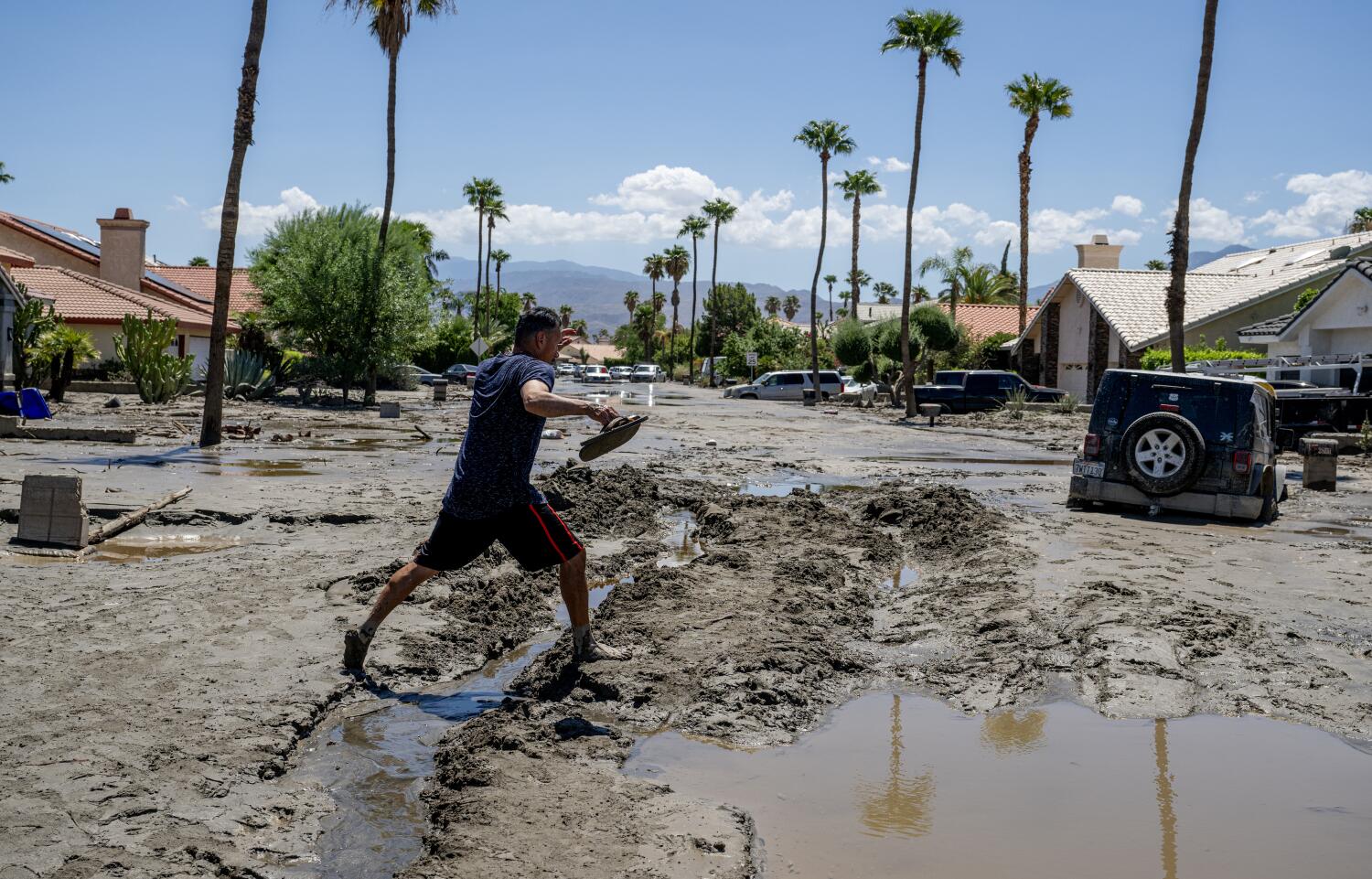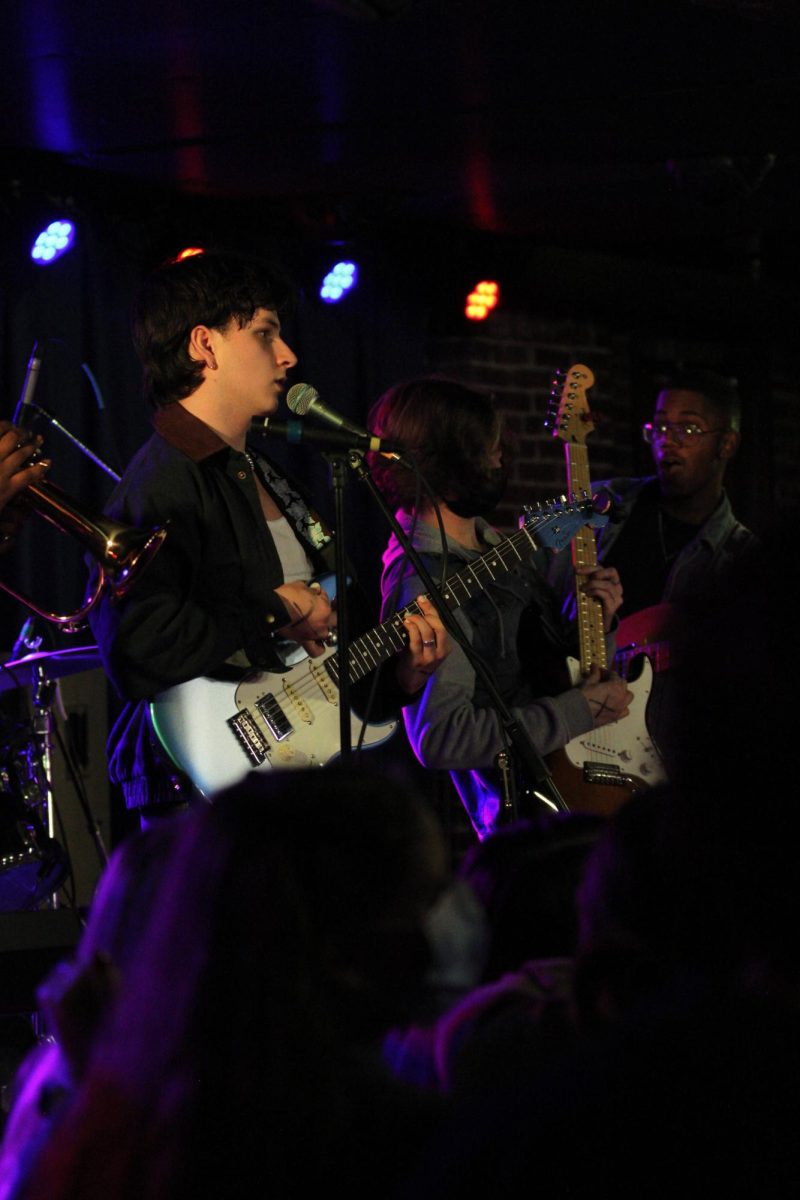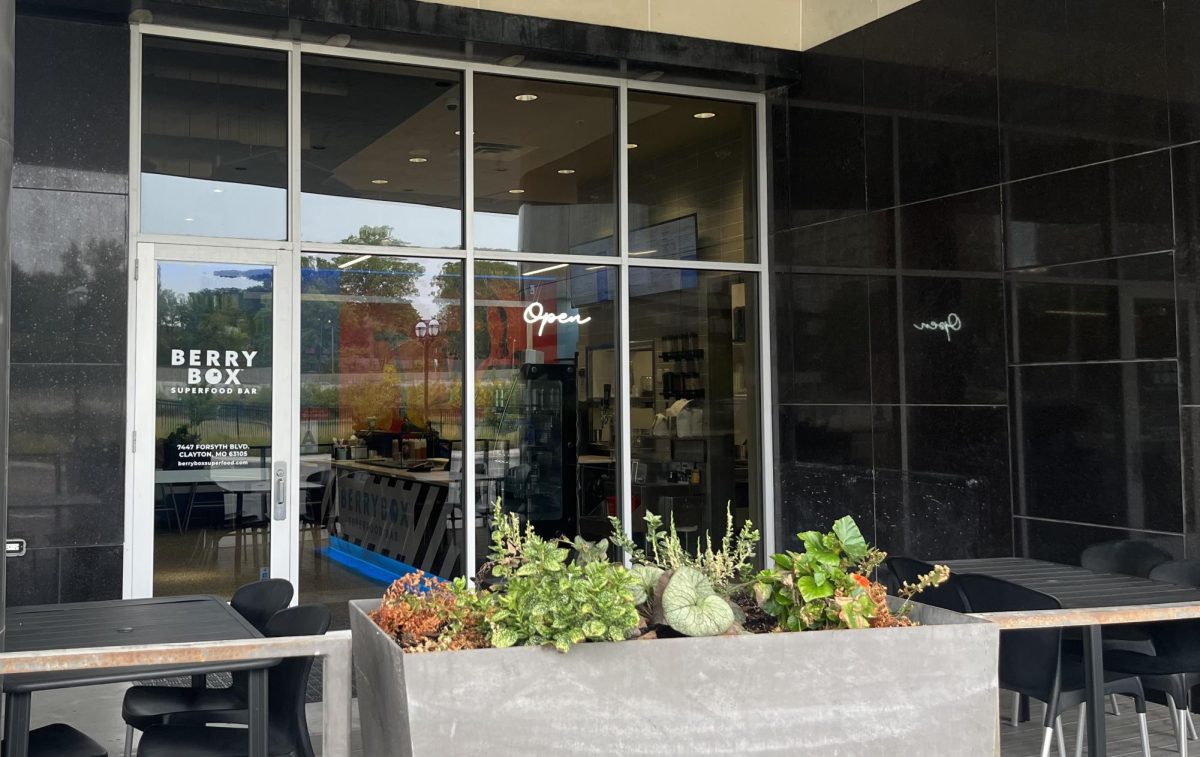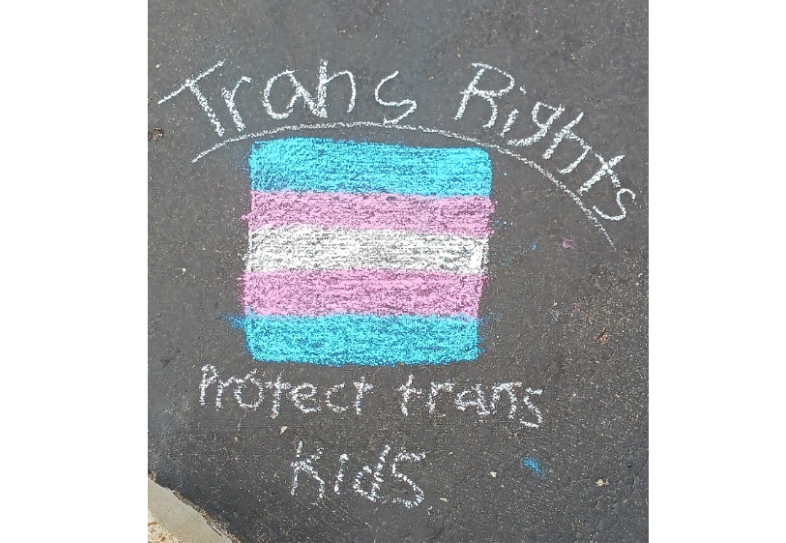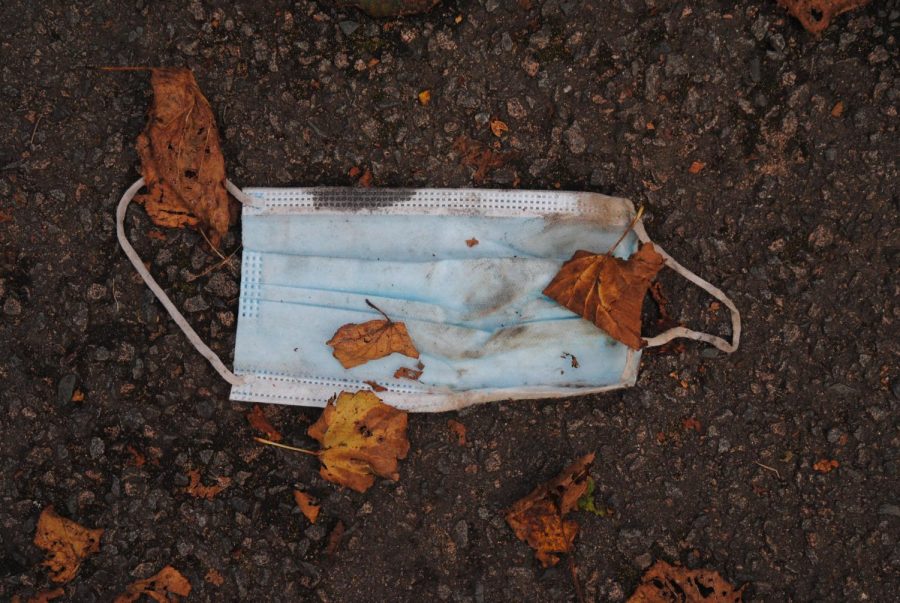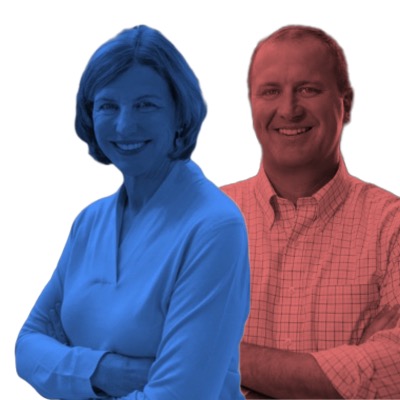This July has been the hottest recorded month on Earth in 174 years. With July 6 coming in at a record-high global temperature of 64.04 degrees Fahrenheit, many communities faced the detrimental effects that this heat wave caused.
“The reality is, climate change is real and is happening,” Dr. Beth Martin, Washington University professor in environmental studies and former interim director of the school’s climate change program said.
Martin noted that this climate change in particular is a multi-sectoral, multi-scalar problem and this is seen especially in St. Louis.
The reality is, climate change is real and is happening.”
— Dr. Beth Martin
While temperatures in St. Louis typically reach the hundreds around late July and early August, the higher humidity levels this summer made the heat feel more intense. Even then, this summer was considered especially dry for Missouri for its ecosystem.
Having a mixture of grassland and woodland areas means periods of high temperatures are not abnormal, but this recent heat wave certainly took its toll on the environment. When examining this issue globally, many factors come into play for how this problem was created and how to solve it.
“Humans are the species with the greatest amount of geological impact, which means we reshape the world,” Ava Hughes Clayton High School AP Environmental Science, Chemistry and Plant Science teacher said.
Humans are the species with the greatest amount of geological impact, which means we reshape the world.”
— Ava Hughes
Hughes noted how that power could be both helpful and harmful. Depending on how humans shape the world, their power can lead to harmful consequences. In the meantime, the shift in the extremity of climate change and its role in politics and social settings has been prominent worldwide.
What does climate change look like in the local and national sectors?
To understand how to combat climate change and adapt new habits to support environmental sustainability, first, the problems themselves must be addressed.
“It’s hard to pinpoint any particular weather event towards climate change. As the climate changes, we will see an increase in temperatures over time, and we know that,” Martin said.
While one human-induced problem cannot be attributed to the rising temperatures and natural disasters, the accumulation of various habits that businesses, corporations and everyday consumers partake in could be partly responsible.
Much of the land in the US, rich with native wildlife, has been turned into agricultural pastures and farms. This decreases the ability of nature to absorb carbon dioxide, as fewer plants are available and more plants are being produced for the livestock. The combination of fewer plants absorbing carbon dioxide and more livestock producing it results in more greenhouse gasses entering the atmosphere. Methane, in particular, has serious consequences. This is a practice that is seen a lot in the Midwest.
In Missouri, a prominent problem is the lack of precipitation. Hughes described how her family is from northern Missouri, where agricultural areas are common. She noted how many residents in Missouri plant hay in their fields, if it is not a direct pasture or crop, and a lot of them got around 20% less than usual. This was because there was less rain when the hay was growing and needed nutrients.
“Whenever you have a lot of dry, dry heat like that, it makes it easier for fires to spread. So people were worried about how tall the crops were gonna get,” Hughes said.
However, there were also financial troubles to be considered.
“They were worried about whether they were going to be able to produce a lot of things,” Hughes said.
According to the Environmental Defense Funds In the Midwest, the weather will become much more dramatic. There will be more storms, disasters and flooding, which communities must adjust to.
“We might not see it as much as others, mostly because we’re in the middle. We kind of get everybody’s leftover weather,” Hughes said.
However, not just summers will experience temperature changes; winters will also be harsher, according to Hughes.
“The precipitation seems to vary from the past because we used to get at least one actual snowstorm, or we would have quite a bit of snow, but it’s been moving more and more into the sleet direction,” Hughes said. “It’s either not quite getting cold enough, or we’re not quite getting the right mixture.”
Seasons will change, and in the Midwest, Missouri and St. Louis will get the “leftovers” of it all.
How can this be solved locally and nationally?
While the future of climate change can make prosperity and hope an illusory topic, many local and personal changes can be made to improve our future.
Hughes suggests carpooling to looking at eating habits and shifting one’s perspective away from the status quo, small adaptations and changes make a bigger difference than expected.
“[Personal sustainability changes are] something that you do with the best that you possibly can,” Hughes said. “You’re trying to balance not only ecosystem benefits but sustainability. It’s also our economic and social benefits. Once all three of those connect, we can truly be balanced.”
Hughes has noticed society shifting that mindset to thinking, ‘How many times can I use this thing?’
Being conscious of sustainable shopping is one big step in the right direction.
“We need to be more conscious of what we choose to buy because that will shape the entire market,” Hughes said. “Especially in societies like ours in the US where it’s viewed as your picture-perfect world.”
Martin believes people can impact wherever they are, in whatever they do.
“You don’t have to change your passion. You don’t have to change what you’re good at. You don’t have to change what your career path might be to still make positive impacts in the environment and climate space,” Martin said.
However, Martin acknowledges that one person cannot do it all.
“We need to give ourselves a break,” Martin said. “I can’t drive an electric car, have solar panels on my house, protest every weekend, recycle everything I use and never take any trash out. I mean, you just can’t do everything.”
We need to give ourselves a break. I can’t drive an electric car, have solar panels on my house, protest every weekend, recycle everything I use and never take any trash out. I mean, you just can’t do everything.”
— Dr. Beth Martin
Locally, there are many things that the city of Clayton can do to ensure sustainability in the long run.
With its walkability, Clayton is unique compared to other areas in St. Louis. It is easy to access things without using a car; however, if the city wanted to continue encouraging sustainable transportation, creating bike lanes or easily accessible bike areas beyond Forsyth would be one step in the right direction.
“There are some things that are out of the hands of your local politicians and may need to be state-level policy changes,” Martin said. “Sometimes it may need to be national level.”
Within Missouri, there are current efforts to move in the right direction. While Missouri does not currently use much clean energy, the state is ranked 18th in the nation for wind power generation. There are many new wind turbines in Northern Missouri; however, much more must be done.
“The problem with them is since we have so many birds, now we can only run [the wind turbines] during the day where the birds can physically see them,” Hughes said. “They also take a lot of materials to make. They take tons of copper, which means if we don’t have it currently, we have to mine it. To meet the demands of everybody, we would need to have tons of wind turbines, but we don’t have enough copper to meet that need.”
While wind turbines provide many benefits, the mining used to garner the copper needed to make the turbines can create more harm than good. Mining practices are not always very well regulated. Hughes noted the irony that the situation creates.
“Just lithium itself, for all of those rechargeable cars, travels the whole globe before it’s put into a battery. Which kind of defeats the purpose, through all of the green energy and fossil fuels it took to get there,” Hughes said.
National change is where the biggest differences can be made.
“We need people to recognize that and support national policies that will help us both reduce our emissions and increase our adaptive capacity,” Martin said.
However, Martin noted how that reality is becoming harder to envision in the nation’s current state of political polarization.
“To have meaningful conversation and solutions, you need different perspectives, and I don’t think we’re able to do that right now,” Martin said. “We need to be able to have a conversation about this, and we need to hear conservative and liberal ideas and viewpoints on the ways in which we can reduce emissions, and we’re not hearing that. I feel like it’s a huge gap in our national conversation.”
According to the United Nations Development Programme, younger voices are going to be critical to creating meaningful solutions.
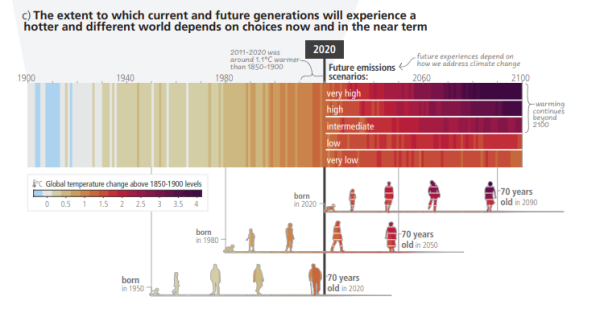
“[Gen-Z is] inheriting the challenges that the rest of us created, so we hear different, parallel frustrations and a sense of where action needs to be taken,” Martin said.
The most important national change that individuals can contribute towards is voting.
“Everybody can vote, and everybody should vote,” Martin said. As climate change continues to impact society, one must note that change will come, and it is up to individuals, local communities, businesses and the government to ensure that the necessary adjustments can be made with as little harm as possible. It is up to the youth to ensure that that change is upheld in the long run.
“Vote for people who set policies that align with what you think should be done,” Martin said. “Everybody can.”



